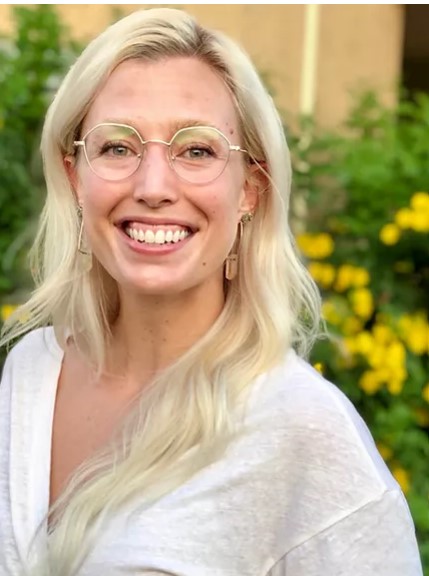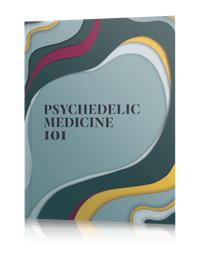Trained in EMDR, CRM and DNMS. Specializing in working with Complex PTSD, relationships or all types and building emotional skills. Extensive experience working with LGBTQIA+ folx. Contact me today for a free consultation or to hear more about ways I can help.
About me
I recently moved to Austin from Salt Lake City, Utah where I had the privilege of working directly with clients struggling to make space for themselves in a highly oppressive, fundamentalist culture. I spent 6 years working predominantly with the LGBTQIA+, kink and poly communities and am excited to continue my work with a new Texan flare. I love working with all who challenge binary, hetero-normative, monogamy-normative, racist and xenophobic ideas. Creative, intentional relationships and healing developmental trauma are particularly near and dear to my heart.
My approach in therapy is to build relationships that helps us get to the root of issues. We are complex beings and we each have a unique route toward healing and growth. I want to help you find yours. I use mainly use attachment, mindfulness and somatic modalities to help the people I work with connect to their truth and move through what causes them discomfort.
I’m a Gemini, an astrology enthusiast, a conceptual and practical artist, a social justice advocate, a nature-lover, a neuroscience nerd, a survivor, a healer and a recovering perfectionist. All of what I do and who I am informs my therapy. I am equally invested in my own life, fulfillment and healing as I am in the lives, fulfillment and healing of the people I work with. The more we will fill and expand ourselves and our lives, the more we have to offer others.


Client Reviews